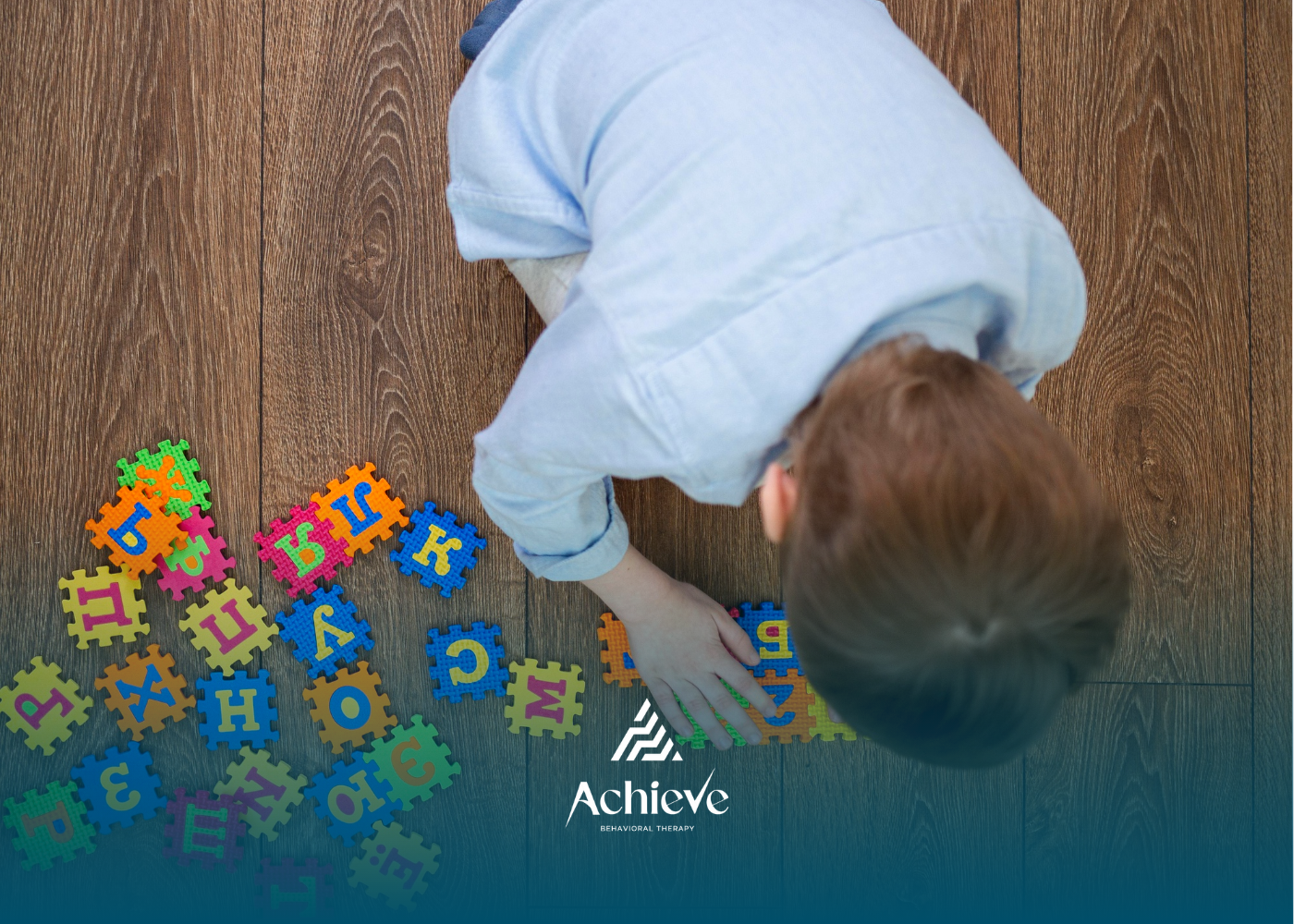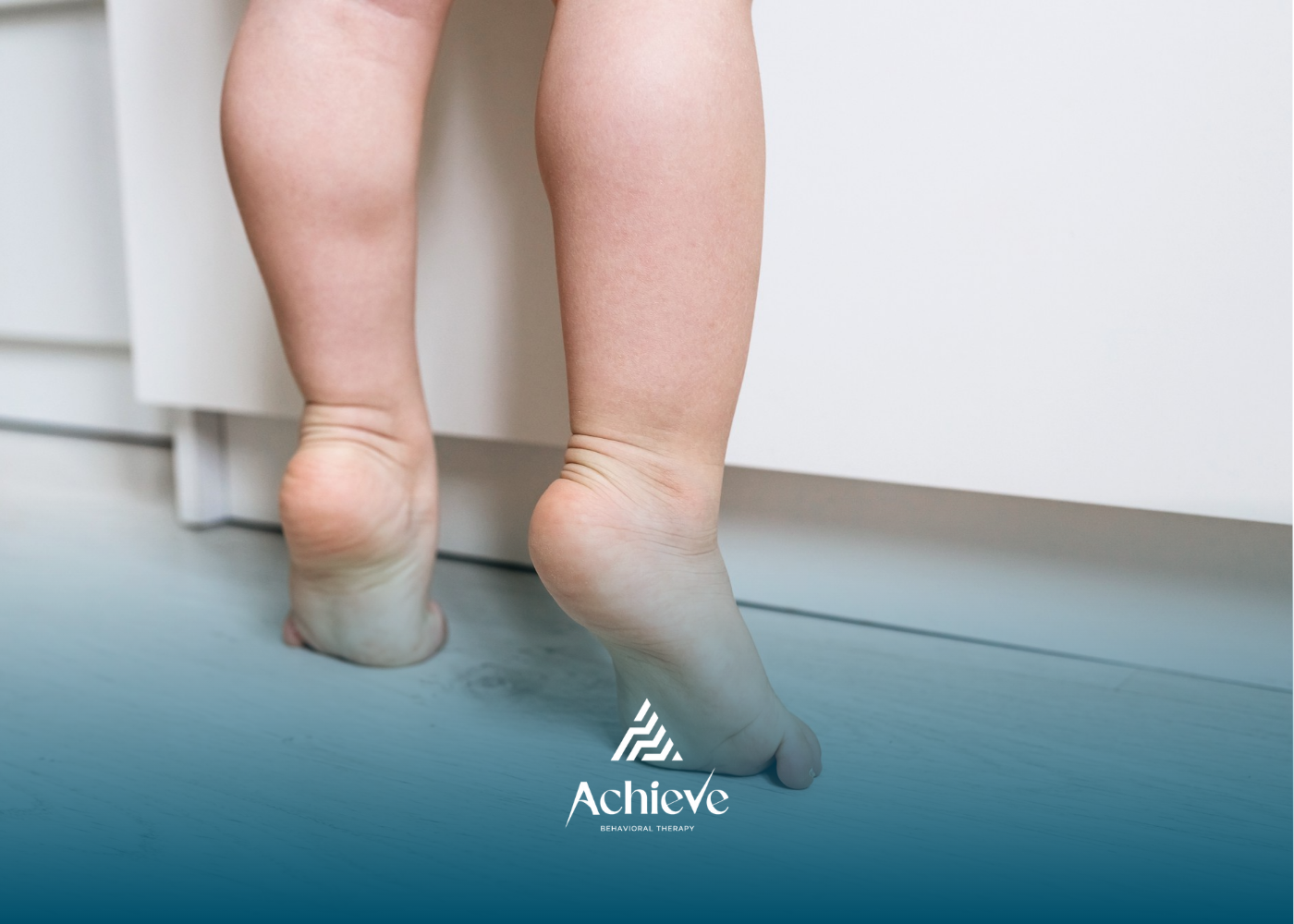How to Deal with Autistic Family Members? Practical Guidance for Every Home

How to deal with autistic family members? It starts with patience, understanding, and using strategies that support everyone in the family. Creating a supportive routine and communicating clearly make daily life easier for autistic loved ones and the whole household.
How to Deal with Autistic Family Members? Key Steps
- Communicate Simply: Use short, direct sentences and give extra processing time. Visual supports and gestures help if needed.
- Respect Preferences and Boundaries: Personal space matters; sensory overload is real, so quiet zones or breaks are important.
- Establish Predictable Routines: Regular schedules reduce stress and build trust. Notify family members gently of any changes.
- Encourage Individual Interests: Celebrate favorite activities, offering confidence and joy for autistic individuals and the family.
- Balance Family Needs: Give time and care to siblings and other relatives for a well-rounded, supportive family dynamic.
- Seek Professional Help: ABA therapists, support groups, and tailored interventions can guide families through challenges.
First-Hand Experience
Families report that creating a “calm corner” or using picture routines makes everyone’s day run smoother. Even small adjustments can help family members thrive.
Conclusion: Teamwork Makes Family Strong
How to deal with autistic family members? Teamwork, structure, and support are key. Achieve Behavioral Therapy in New Jersey and North Carolina is here to help with expert ABA therapy and customized family plans. Call us now—let’s build your family’s success story together.
Frequently Asked Questions
How to deal with autistic family members successfully?
Use clear communication, structured routines, and respect personal boundaries for a supportive environment.
What can help communication with autistic family members?
Direct language, visual aids, and patience encourage better understanding.
Why are routines important?
Predictability and structure help autistic family members feel secure and reduce anxiety.
Need Support?
We're Here to Help!
Our experienced team is ready to assist you. Reach out today to discuss how we can support your child's development and well-being.
Get started with expert ABA therapy today.










